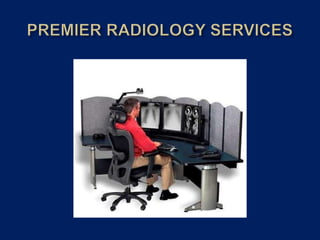Kf georgia prs pp rad head2 (2)
- 2. ’é© MEDICAL COLLEGE OF GEORGIA; MD ’é© UNIV OF SOUTHERN CAL/LAC; SURGICAL INTERNSHIP ’é© USC/LACOUNTY; RADIOLOGY RESIDENCY AND INTERVENTIONAL FELLOWSHIP ’é© NORTH BROWARD HOSPITAL DISTRICT; LEVEL I AND LEVEL II TRAUMA CENTERS
- 3. Kenneth C. Fortgang, MD Medical Director Premier Radiology Services
- 7. Anatomy H U M E R U S TROC CAP U R L A N D A I U S ┬®Ken L Schreibman, PhD/MD 2003
- 8. Anatomy H U OLECRANON M E R U S TROCCAP R U A L D N I A U S CORONOID ┬®Ken L Schreibman, PhD/MD 2003
- 9. H Posterior Fad Pad Anterior Fad Pad (Olecranon Fossa) U (Coronoid Fossa) M E R U S CAP ┬®Ken L Schreibman, PhD/MD 2003
- 13. ’é© Adequate Exposure ’é© Alignment ’é© Bone Contour ’é© Margins ’é© Density ’é© Tabecular pattern ’é© Soft tissues
- 14. ’é© Ask for 3 views: AP, oblique extended, lateral 90 degree flexion. ’é© Look for sail sign and posterior fat pad ’é© If these signs are present but no fracture is identified, radial head fracture is likely. ’é© Look for a fracture line and contour deformity
- 16. Radial head fracture types ŌĆóType I: less than 2 mm displacement ŌĆóType II: angulated or >2 mm displaced ŌĆóType III: comminuted
- 19. Figure 1. Lateral radiograph shows a positive fat pad sign in a patient with a nondisplaced fracture of the radial head. Goswami G K Radiology 2002;222:419-420 ┬®2002 by Radiological Society of North America
- 20. ’é© Radial neck fracture ’é© Extra-capsular ’é© No FAT PAD
- 29. ’é© Look for fat pads signs (capsular effusion) ’éĪ Anterior fat pad (from coronoid fossa) may be normal; compare to other side ’éĪ Posterior fat pad (from olecranon fossa) is always abnormal ’é© Compare to x-rays of other side in children ’é© If elbow canŌĆÖt be extended, obtain AP/lat of both humerus and forearm





























